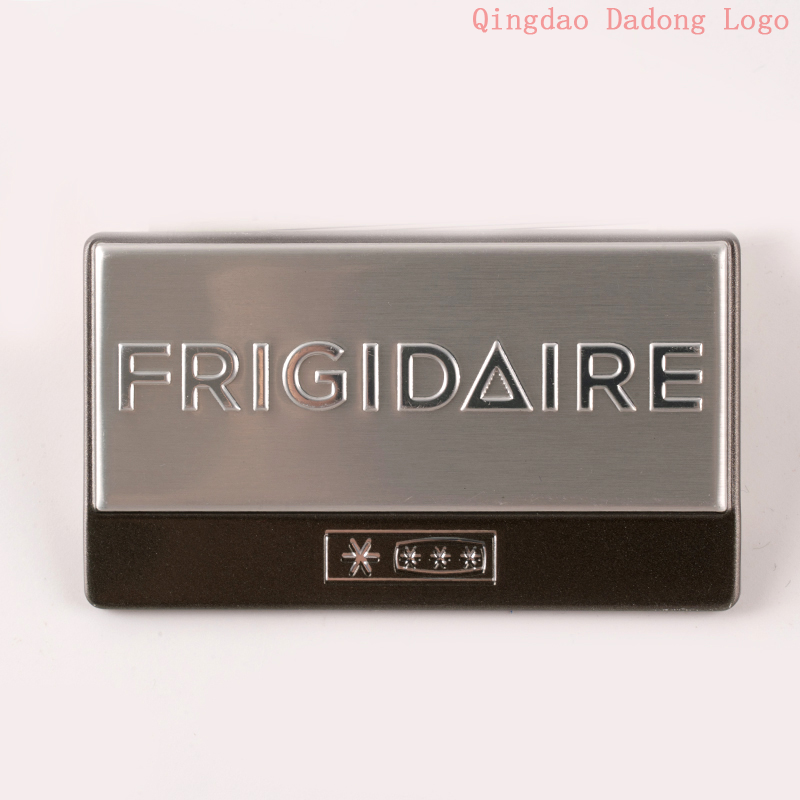NEWS
Etching process of metal signs
Writer:admin Time:2023-07-11 14:32 Browse:℃
We need to etch the metal signs in the KR-J1 precision swing etching machine. Below is a detailed introduction to how to etch:
1. Preparation of liquid
Iron trichloride solution is used as etchant. Its Baume concentration is very important in the etching process, directly affecting the etching speed. The appropriate Baume concentration is between 38 and 40 degrees.
The method for measuring concentration is; Pour ferric chloride solution into a slender measuring cup, insert the Baume meter, and the value next to the liquid level is its Baume concentration.
The current Baume concentration is 42 degrees, some of which are too strong. We can dilute it with water, stir it evenly, and then take a sample for re measurement. If the Baume concentration is too low, high concentration ferric chloride solution can be added. After the Baume concentration is properly mixed, pour it into the box of the etching machine and cover it properly.
2. Power on
The metal label etching machine uses a 380V power supply. Turn on the power switch and the power indicator light will light up. Start the acid pump, let the ferric chloride solution circulate in the machine, and observe that the maximum temperature of the thermometer cannot exceed 50 degrees. Press the conveyor belt switch to conduct a trial run of the entire machine.

3. Trial carving
The conveyor belt of this precision swing etching machine can be adjusted steplessly, and the length of flushing time can be adjusted here.
After the etching machine operates normally, first place a stainless steel plate for trial engraving at the feeding port, and the conveyor belt will slowly feed it into the machine interior. Press the etching switch, the nozzle in the machine will start to spray ferric chloride solution, and its pressure is basically constant. The ferric chloride solution continuously washes the surface of the stainless steel plate. The ferric ion in the solution rapidly oxidizes the stainless steel plate, and the stainless steel plate is etched.
The length of the flushing time determines the depth of the metal nameplate etching.
Tip: If the etching is too deep, increase the conveyor belt forward speed: If the etching is too shallow, decrease the conveyor belt forward speed.
After about 3 minutes, we can obtain the trial etched stainless steel plate at the discharge port and touch the depth of the etching with our hands. If there is a slight feeling of height on our fingers, the depth is about 0.1 millimeters, and we can start the formal etching.
4. Formal etching
Place the two stainless steel plates that have been firmly coated with anti-corrosion protective film on the back in the appropriate position at the feeding port, press the etching switch, and the etching machine will start etching the stainless steel plates. After 3 minutes, we will carefully inspect the two stainless steel plates we saw at the discharge port, and we have achieved the desired etching effect.
5. Melatonin membrane
First, put the etched stainless steel plate into clean water, and wash off the ferric chloride solution with a clean cloth. Then put them into another container with clean water, shake it for a few times, clean the surface, tear off the anti-corrosion protective film on the reverse side of the stainless steel plate, put the two stainless steel plates into a container with solid sodium hydroxide, add hot water of 70 to 80 degrees at a ratio of about 1:10, shake the container to fully dissolve the sodium hydroxide. We can see that the remaining film on both stainless steel plates will slowly recede completely. Only when the water temperature reaches 20-30 degrees can they be wiped clean with a clean cloth. Then rinse the stainless steel plate in a bucket filled with clean water.
The etched metal sign semi-finished product looks like this. Just let it air dry naturally.
CATEGORIES
LATEST NEWS
CONTACT US
WhatsApp: +8615806503075
Tel: +8615806503075
Email: percy@dadonglogo.com
Addr: 7 Tonghe Road, Pingdu, Qingdao
